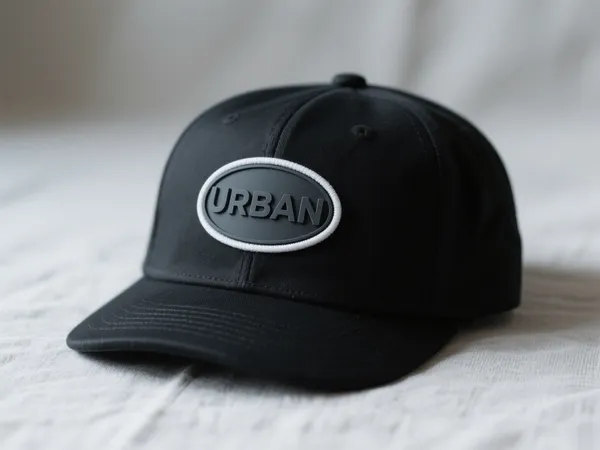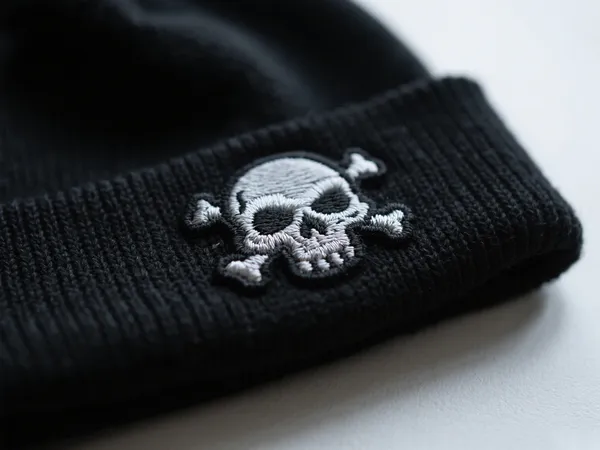In the world of garment manufacturing and branding, labels—commonly referred to as パッチ または tags—are essential identifiers that communicate brand identity, care instructions, size, and more. While 織りラベル have traditionally dominated the market, the increasing demand for design versatility, softness, and production speed has pushed patch printing into the spotlight. This article explores what patch printing is, how it differs from woven labels, and why it may be the right choice for your next clothing line.

📌 What Is Patch Printing?
Patch printing, also known as printed labels, refers to the creation of garment labels using various printing techniques rather than weaving. These labels serve multiple functions depending on their placement and purpose in the garment. Common types of printed labels include:
- Care labels (wash labels): Provide washing and care instructions
- Size tags: Indicate garment sizing (e.g., S, M, L, or numerical sizes)
- Brand tags (main labels): Feature brand logos, sometimes in full color
- Composition labels: Outline material makeup, often seen on hang tags or inner labels
With the evolution of fashion and the rise of fast-paced, high-mix manufacturing, many companies are opting for printed main labels instead of traditional woven ones. This shift allows greater customization, faster production, and enhanced comfort.
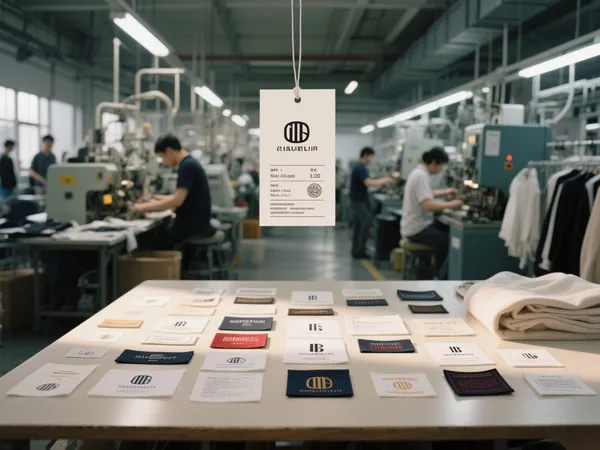
📦 Common Materials Used in Patch Printing
Printed patches can be produced using a variety of materials. Some of the most frequently used options include:
- Satin ribbon (satin tape): Smooth, glossy surface perfect for vibrant designs
- Non-woven fabrics: Cost-effective and easy to cut
- Coated tape (synthetic materials): 耐久性と柔軟性
- Cotton tape/cotton fabric: Natural feel, eco-conscious
- Webbing: Adds texture and dimension
- Custom materials: Including TPU (transparent thermoplastic polyurethane), which provides a unique aesthetic
Among these, satin tape stands out for its softness and ability to showcase bright, detailed prints. However, it can fray if not folded properly. For budget-conscious large orders, non-woven or coated materials offer a practical solution.
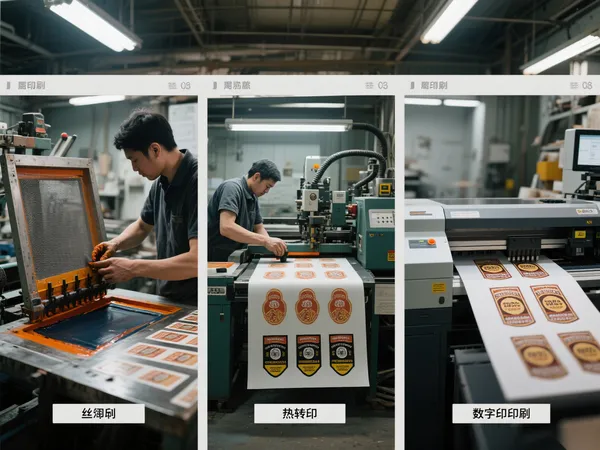
🧵 Types of Patch Printing & Their Features
Patch printing is not a one-size-fits-all solution. Depending on the complexity of your design and your production goals, you can choose from several printing techniques:
- Screen Printing Labels
- Pros: Economical, high-speed production
- 最適な用途: Large quantities of basic text labels
- Heat Transfer Labels
- Pros: High color vibrancy, suitable for gradient or photo-like images
- 最適な用途: Main labels, high-end hang tags, detailed designs
- Digital Printing Labels
- Pros: High resolution, ideal for small batches and customization
- 最適な用途: Complex designs, QR codes, logos
✅ Key Advantages of Patch Printing
Patch printing has rapidly gained popularity across fashion sectors, and for good reasons:
- Vibrant Color Reproduction
Printed patches allow the use of gradients, multi-color logos, and intricate artwork that would be impossible or cost-prohibitive with woven labels. - Soft, Comfortable Texture
Printed labels are thin and flexible, making them ideal for intimate wear, children’s clothing, or athletic garments where comfort is key. - Efficient & Fast Production
Printing processes are much quicker than weaving, which translates to shorter lead times—critical in fast fashion or limited-edition drops. - 費用対効果が高い
In general, printed patches are more affordable than woven labels, especially for bulk orders. They also support small-batch, customized runs without driving up costs.
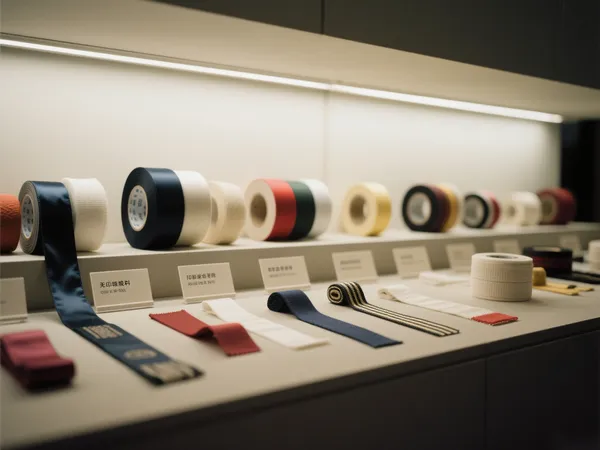
🔄 Patch Printing vs. Woven Labels
| 特徴 | Patch Printing | Woven Labels |
|---|---|---|
| Process | 印刷 | 織り |
| Color Range | Full-color, gradients possible | Limited color count |
| Feel | Soft and thin | Thicker, textured |
| Cost & Speed | Low cost, fast production | Higher cost, longer lead time |
| 耐久性 | Good, can be improved with lamination | Excellent, high resistance to wash and wear |
| Aesthetics | Modern, vibrant | Premium, traditional |
💡 When Should You Choose Patch Printing?
Patch printing is a great choice when your brand or product line requires:
- High-impact, colorful designs with strong visual identity
- Rapid sampling and short turnaround times
- Labels for close-to-skin garments (e.g., underwear, babywear, sportswear)
- Temporary or disposable tags (e.g., promotional items)
For added durability in wash cycles, techniques like heat transfer printing with lamination can extend the lifespan of printed patches to industrial standards.
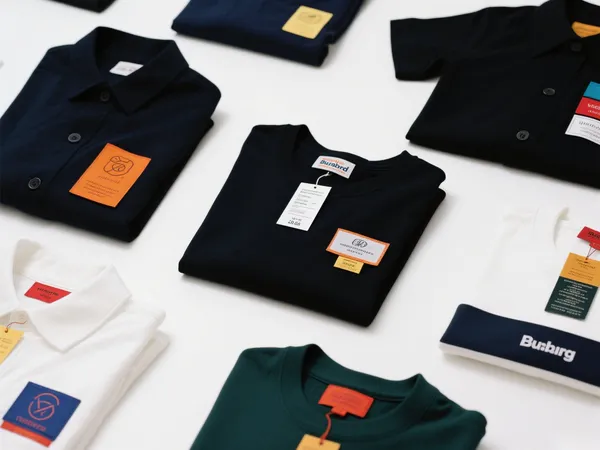
🧵 Final Thoughts
Patch printing is more than just a cost-saving alternative to woven labels—it’s a strategic tool for modern apparel brands. Whether you’re launching a sustainable babywear line, a trend-driven fashion brand, or functional athletic wear, printed labels offer unmatched flexibility, visual appeal, and production agility.
As the fashion industry evolves to embrace speed, customization, and comfort, patch printing is becoming the go-to solution for many designers and manufacturers. Yet, the decision between patch printing and woven labels should always be made based on your brand positioning, end-use, and budget considerations.
Need help designing the perfect patch or label for your brand?
Contact Qinghan today to request a free sample or get professional advice on choosing the right technique and material for your needs.

